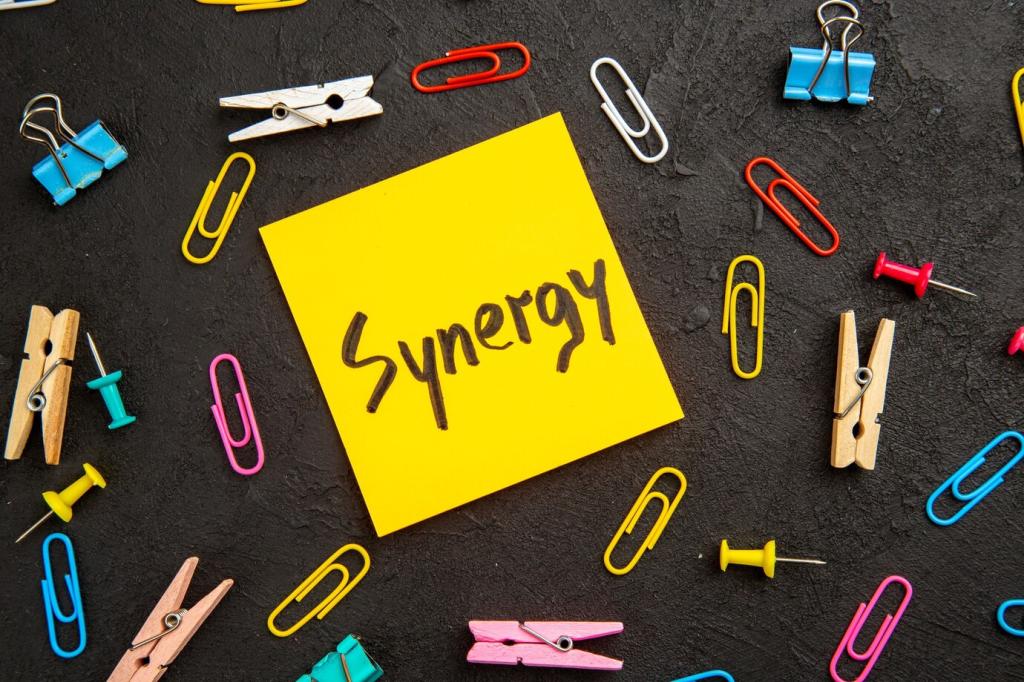The Art of Storytelling in Interior Design Copywriting
Today’s theme: The Art of Storytelling in Interior Design Copywriting. Step into a welcoming space where words frame rooms, emotions anchor layouts, and every finish carries a narrative thread. Explore how compelling copy turns beautiful interiors into unforgettable stories—and stay with us, comment, and subscribe to continue the conversation.

This is the heading
Lorem ipsum dolor sit amet, consectetur adipiscing elit. Ut elit tellus, luctus nec ullamcorper mattis, pulvinar dapibus leo.

This is the heading
Lorem ipsum dolor sit amet, consectetur adipiscing elit. Ut elit tellus, luctus nec ullamcorper mattis, pulvinar dapibus leo.
Voice, Tone, and Style: Matching the Mood of a Space
A Minimalist Whisper
When a space breathes, your copy should, too. Use spare sentences, strong verbs, and luminous pauses. Let silence do some talking, just as negative space shapes a gallery wall. Share a line you’d use to describe your calmest corner, and inspire others.


The Maximalist Chorus
Layered rooms invite layered language—saturated, musical, and generous with metaphor. Celebrate pattern and provenance without drowning clarity. Ask readers to comment with their boldest design phrase and tell us why it mirrors their favorite room’s personality.
From Brief to Backstory: Research That Resonates
Ask clients about morning rituals, treasured objects, and small frustrations. These details provide plot points your copy can resolve. Invite readers to share one question they always ask in discovery sessions, building a collaborative list of narrative starters.
Structure That Guides: Copy as a Floor Plan
Let each headline open into a clear, inviting scene. Avoid vague signposts. Promise a moment—light, function, feeling—and deliver. Share a headline you’d place above your dream living room tour, and we’ll feature standout examples in a future post.


Structure That Guides: Copy as a Floor Plan
Captions, labels, and alt text quietly move readers along. They clarify, humanize, and invite. Treat these tiny lines like brass inlays guiding footsteps. Comment with your favorite microcopy tip that helps readers linger without getting lost.
Authenticity and Ethics: Telling True Design Stories
Credit the Makers
Every artisan, installer, and collaborator carries part of the story. Name them. Cite sources for vintage finds and custom elements. Invite your audience to share the maker they most love featuring, building a culture of generous acknowledgment.
Context and Cultural Care
When referencing global motifs, provide origin, meaning, and respectful use. Avoid flattening traditions into trend. Ask readers to contribute resources that deepen cultural understanding, strengthening the integrity of shared design narratives.
Aligned Words and Images
Ensure copy matches what photographs or renders show—scale, light, and finish. Overpromising erodes trust; clarity creates loyalty. Subscribe to receive a pre-publish checklist that keeps storytelling accurate, transparent, and deeply human.
The Sunlit Nook That Became a Ritual
A tired corner gained a low bookshelf, a linen shade, and a chair that hugged the spine. Our copy framed it as a ‘dawn pause,’ and readers pictured themselves there. Share your favorite micro-space transformation and the phrase that unlocked it.
The Historic Loft’s Second Act
We described original beams as ‘timelines in timber,’ linking past to present. The story dignified restoration over replacement, and interest spiked in reclaimed accents. Comment with a line you’d use to honor a building’s memory without sentimentality.
The Kitchen as a Shared Plot
Instead of specs first, we wrote about weeknight choreography—chopping, stirring, stories. Then we connected layout and materials to that rhythm. Readers stayed to explore details. Subscribe for more narrative-first frameworks that make technical choices feel inevitable.
